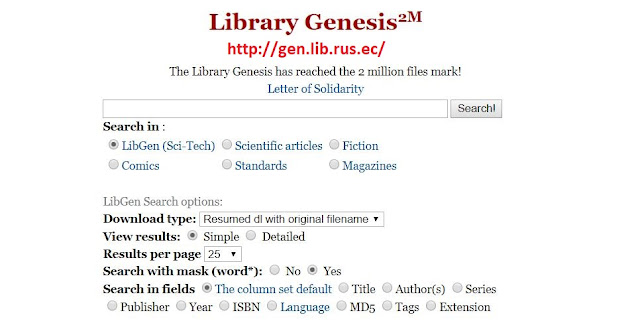Retail investors or individual must have an emergency fund to provide financial security, atleast equivalent to 3-6 months of expenses. Safety and Liquidity is the prime factor to consider for it. It should be accessible at ease without any unpredictable time delay. It is expected to meet any short term contingencies that may arise due to a sudden Job loss, an accident, long leave or temporary sickness, any sudden business expenditure or whatsoever it may be
Cash-in Hand money is the single most preferred and a best option for the sake of liquidity. Nothing can beat physical cash in term of ease and interchangeability. But there are so much limitation associated to it including carrying bulk in cash and thereafter keeping it safe.
Saving Bank accounts and Term Deposits are other two natural choices that supersede surplus cash. Still, It doesn't make sense to put all your eggs in same basket. Keeping all your money in fixed deposits or saving accounts is not ready made a tax efficient strategy.
If your are in a higher tax bracket, Too much exposure to fixed deposits may eventually be increasing your tax burden. It clearly indicates a either bad or a lack of investment planning.
Are there any alternatives to fixed deposits ??
. . . in terms of liquidity, Tax efficiency and suitable for to a risk-averse investors !!
Its no so difficult to see people, who are so much scared of Stock Markets that they have the same perception even for mutual funds as well. They consider both as synonyms. Thanks to inherent volatility in stock market that they even do not hesitate to put it at par with some sort of 'gambling' or betting. It is very hard to convince people with such mindset, to make them explore schemes that are even suitable for a risk-averse profile.
Surely, stock markets are a bit risky as an asset class and not suitable for everyone. It is meant for aggressive investors based on their risk-appetite. Mutual funds are too versatile and offers a broad spectrum of schemes suitable to almost every type of investors. They are not just focused on stock market, but have schemes that has noting to do with stock markets. Such schemes are even suitable even for a better allocation of Retirement Corpus as well.
Mutual funds matrix is mainly focused on Risk profile, Time Horizon, Tax efficiency and Expected Returns, that is very helpful to select a specific category to allocate funds based on risk-appetite.
What makes them comparable with Saving bank deposits
Liquid funds are an ideal option to park emergency funds. They can also be used for temporary deployment of surplus funds, to tide over prevailing market conditions. They are one-step up in the hierarchy of products based on liquidity.
Liquidity :
'Same day liquidity' is available under liquid schemes by fund houses. Instant redemption facility is offered by some AMCs, wherein you can get the amount in your bank account, within minutes of a redemption request. At present, sebi has allowed it up to ₹ 50,000 only. Reliance mutual fund even provides an ATM card against such a scheme than can be used for cash withdrawal. T+1 day liquidity is common and provided without any restrictions by almost all mutual funds. It makes them a better alternative to saving bank accounts.
Also Read: How to Multiply or Leverage 'Same day' Redemption in Liquid funds
Flexibility :
Lock-in period in fixed deposits is a main barrier of Liquidity. Many a times investors hesitate to break a Fixed deposit, just because of premature withdrawal penalties or lower than committed rate of interest payable.
Interest rate sensitivity, fixed deposits are insensitive to interest rate cycle, once committed for a specified duration, you have no choice but to continue with it. However, Liquid fund offers huge advantage in an increasing rate cycle. RBI interest rate hikes reflects in Net assets value whenever debt instruments are replaced after maturity.
There is no entry or exit load, lock-in applicable on liquid funds. Hassle-free 'Switch-out' to other equity schemes can be done with just a few clicks, anytime when the market valuation are good.
Taxability :
It makes no difference to tax liability unless they are held for long term (more than 3 year). Only after 3 years, investors can claim long term capital gains to be taxed at 20% with indexation benefits.
Difference between Liquid and Other Debt fund
Liquid funds invest money in short term debt instruments, mainly below 91 days. Average maturity for these schemes is much less as compared to other Debt fund schemes. That is the reason for their Low Interest Rate Sensitivity, Stable and more predictable return investments.
Also Read: How to Multiply or Leverage 'Same day' Redemption in Liquid funds
